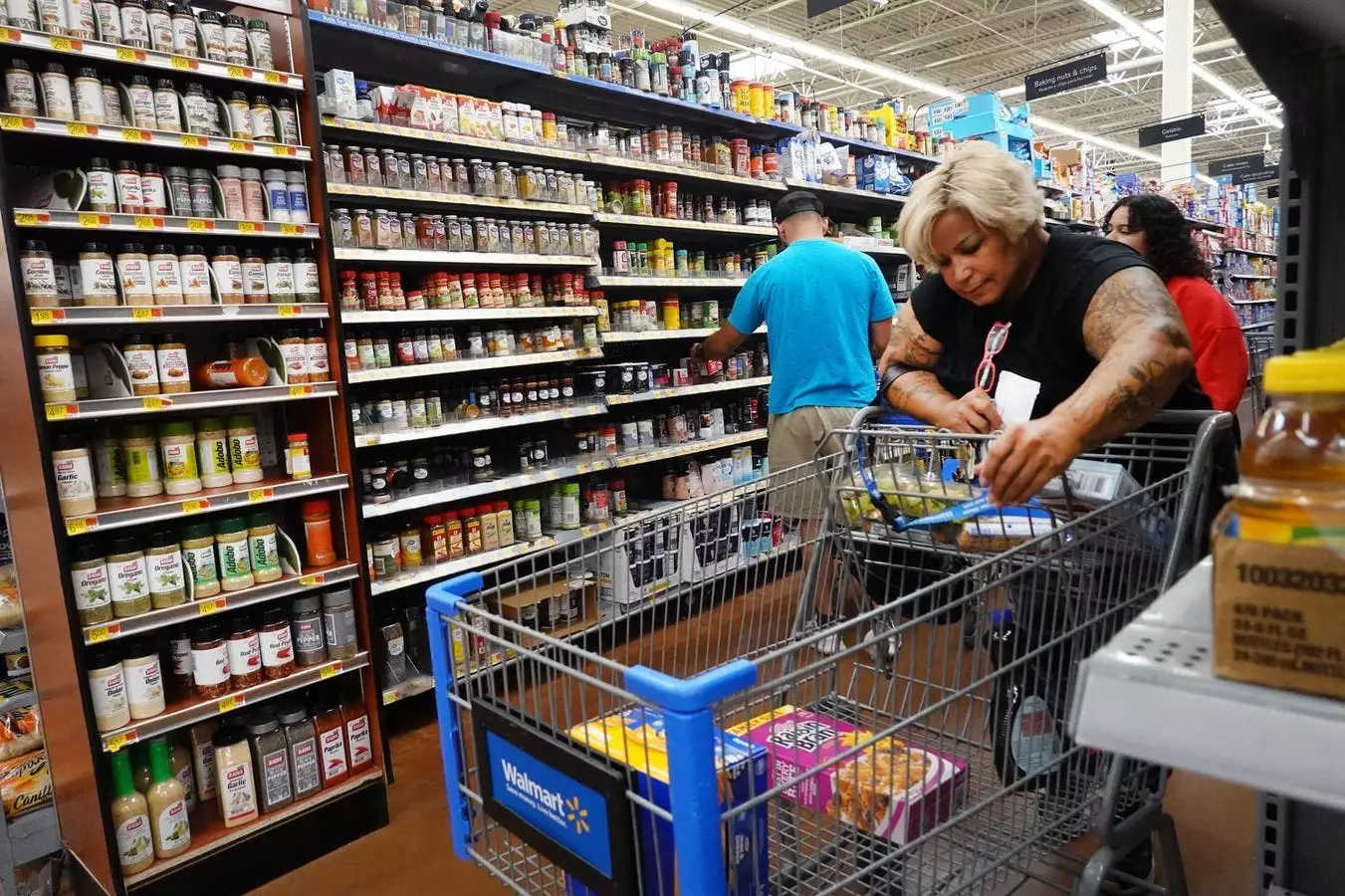The U.S. food and beverage sector has emerged as a vibrant hub for investors, marked by a surge of high-profile mergers and acquisitions (M&A) and active private equity (PE) involvement. Current data suggests an enhanced appetite among investors, driven by the promising potential of the market. While forecasting indicates that 2024 could see a near return to the staggering heights of 2021, it’s crucial to understand the nuanced dynamics shaping this industry. Analysts have cautioned, however, that looming tariffs and shifts in economic and labor policies under the potential second term of President Donald Trump may temper this enthusiasm, particularly in certain subcategories.
The latest findings from PitchBook have revealed that the food and beverage consumer packaged goods (CPG) arena remains resilient in the face of various headwinds. There are expectations for the industry to approach 531 global deals, mirroring significant engagement in the U.S. market where Q3 of 2024 saw 44 PE deals—just shy of 2021’s 45 deals for the same period. Although the overall projections for 2024 suggest a downward trend with estimated total transactions at 131, compared to 164 in 2023, notable acquisitions like PepsiCo’s purchase of Siete Foods for $1.2 billion and other high-stakes moves signify robust activity in the marketplace.
In the complex landscape of the food and beverage sector, key trends are emerging that could influence investor strategies in 2025 and beyond. Analysts like Alex Frederick at PitchBook have underscored a potential pivot towards investments in domestically produced, sustainable, and healthy products—dictated largely by anticipated policy changes and regulatory frameworks under the Trump administration. Trump’s stated intent to implement tariffs exceeding 60% on Chinese goods and 20% on other imports poses significant challenges for U.S. CPG companies reliant on global sourcing, potentially discouraging investments in brands that depend heavily on imported materials.
These shifting dynamics may create fertile ground for domestically sourced alternatives, aligning with the growing consumer demand for eco-friendly products and health-conscious offerings. Public figures advocating health reforms, such as Robert F. Kennedy Jr.—recently appointed to helm the Department of Health and Human Services—have further energized this movement. His “Make America Healthy Again” initiative aims to confront widespread health concerns linked to artificial ingredients prevalent in consumer products, raising public awareness of the need for healthier, cleaner food options.
While the interest in sustainable and health-driven offerings appears promising, prospective labor shortages resulting from Trump’s stringent immigration policies pose serious challenges to the food production and processing sectors. Frederick emphasizes that these policy changes could either constrain supply chains or inflate consumer prices significantly. In an economy already under pressure from inflation, predictions suggest that consumers may increasingly resort to budget-conscious decisions—utilizing coupons, shifting to private-label brands, and actively seeking better value for their purchases.
As the food and beverage sector grapples with these economic uncertainties, it remains a unique landscape ripe for investment. However, securing a competitive edge requires CPG brands to adopt innovative strategies to navigate this challenging environment. Frederick advocates for a four-pronged approach: focusing on high-margin products, refining order quantities, optimizing cost management, and evaluating profitability across distinct sales avenues.
Understanding profitability is fundamental for growth in the CPG landscape, and data-driven decision-making is emerging as a vital tool for brands striving to maximize returns. With the availability of vast amounts of market data, it is imperative for companies to actively analyze and refine their strategies based on consumer behavior and evolving market trends. Frederick underscores the importance of assessing profitability by sales channels—be it direct-to-consumer, retail, or e-commerce platforms like Amazon. By identifying underperforming sectors and reallocating resources to the most profitable channels, brands can position themselves more favorably in a competitive market.
While the U.S. food and beverage sector showcases a significant potential for growth and investor interest, it is not without its challenges. The interplay between regulatory policies, labor market conditions, and shifting consumer preferences will undoubtedly influence future investments and market dynamics. As CPG brands strategize for the coming years, adapting to these shifts will be critical for sustainable success. Investors interested in this sector must not only focus on emerging trends but also remain vigilant of the challenges that may impact market viability.

